IGA-WARE: Pottery in the Ninja City
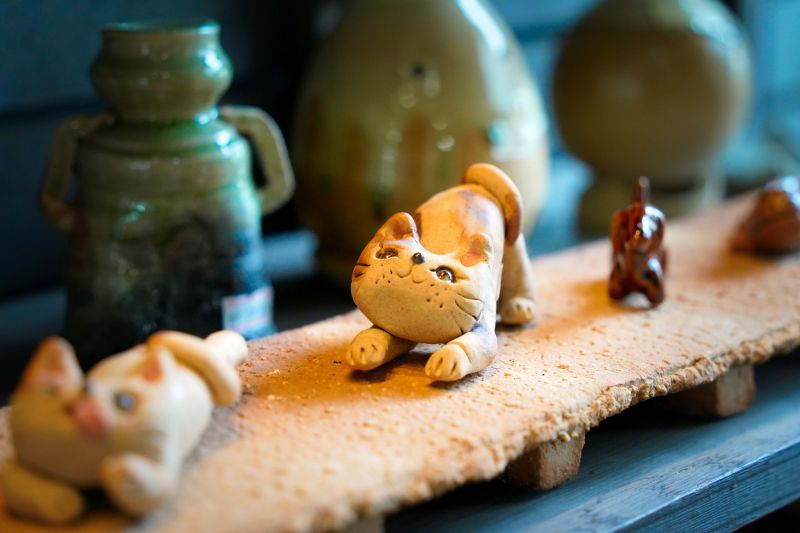
Iga City is known as the “city of Ninjas.” Because of its international popularity, ninja images can be seen wherever you turn your head in the city.
The city of Iga, however, is a lot more than that…
On this visit, I drove my car to Iga’s pottery district, Marubashira, to learn more about Iga-ware.
Written by Mutlu SAYAR (MuuSensei)
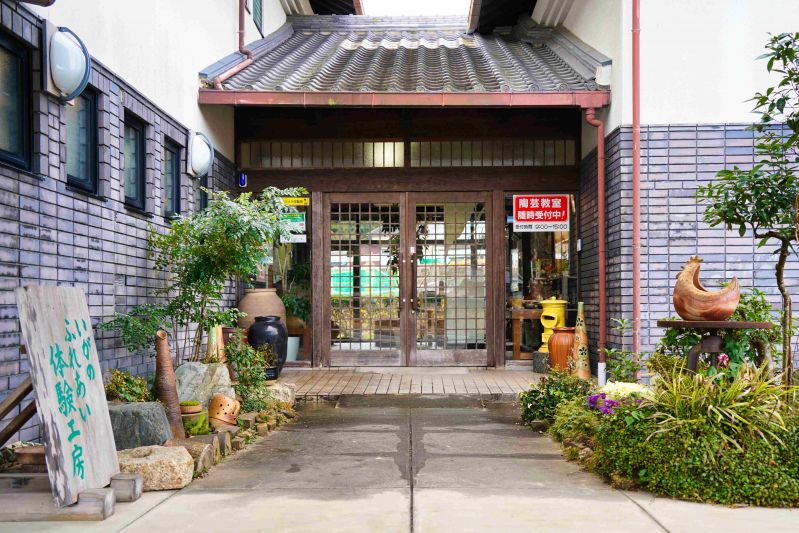
My first stop was Iga-ware Traditional Industry Hall (Iga-yaki Dento Sangyo Kaikan), where I made a reservation to experience making pottery myself. Before I started, I went up to the second floor where the museum was.
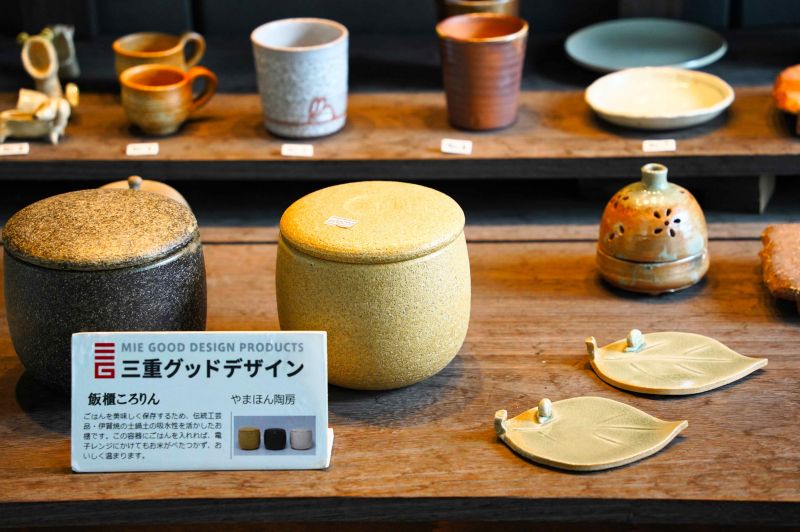
I was amazed with the variety and the beauty of Iga-ware that I saw both in the museum exhibition and in its shop.
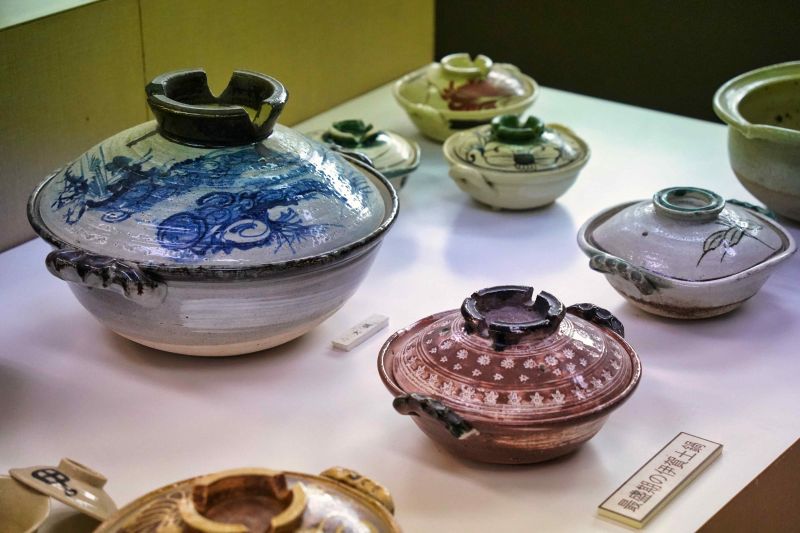
The clay found around Iga has excellent fire resistance. Pottery has been made in this area since ancient times following this discovery.
Iga-ware has a long history, but it greatly developed during the Momoyama period (16th century). Supported by feudal lords of Iga who loved the tea ceremony, many distinctive pieces were created.
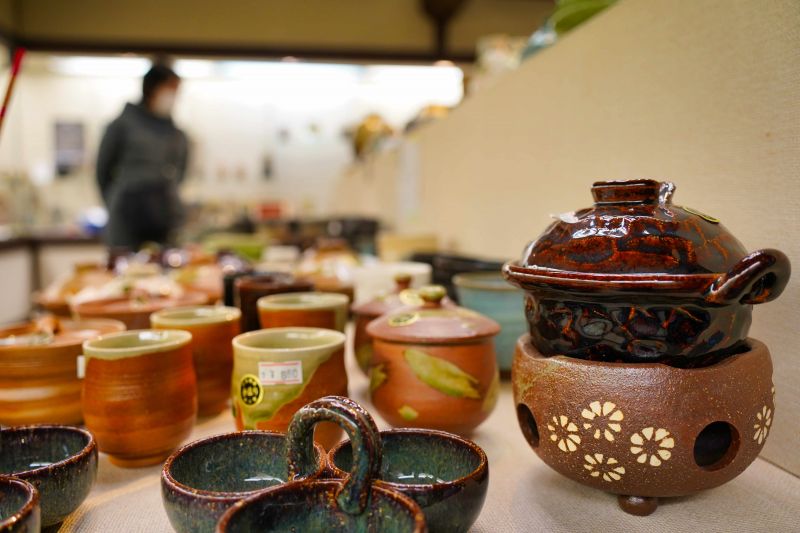
Iga-ware fell into a period of decline with the demise of the Momoyama period, but in the 18th century production started again, as tableware for daily use. Today, the crafting technique of Iga-ware has been inherited through generations as the one of the traditional crafts that Iga City is proud of.
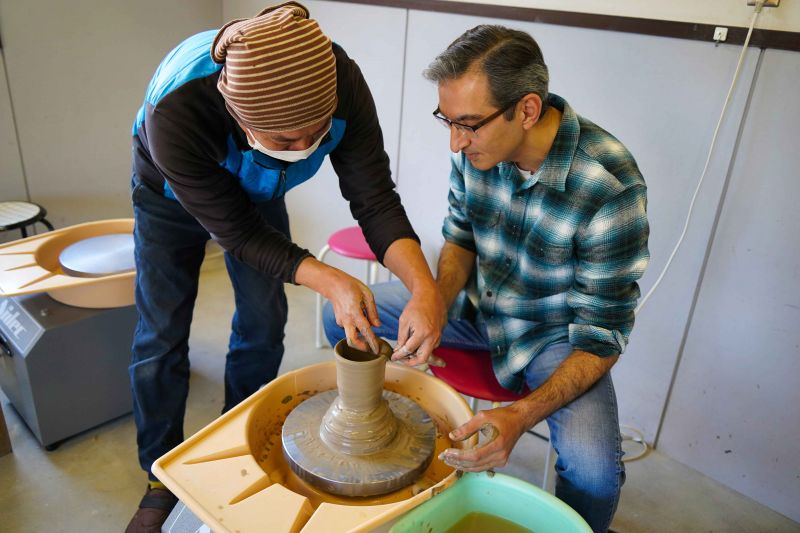
When I got in the workshop, everything was already set up and was waiting for me. First, my tutor demonstrated how to use the worktable and how to use my fingers and hands to give shape. He made a simple coffee cup within minutes. Everything looked so easy and I wanted to challenge myself to do something more complex, like a vase with some curves. However, I realized nothing was that easy for my inexperienced hands. The clay felt harder than I had thought, and I made the shape unevenly.
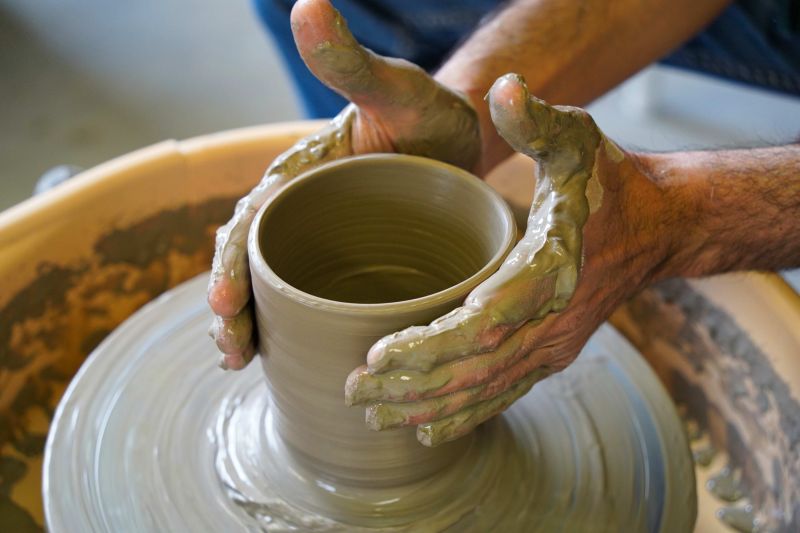
After ruining my first try, I paid more attention on the second. I gave up on making a vase and after trying hard I finally made a coffee cup for myself. On my third go, I made another cup, this time bigger. Getting used to it, I felt like I could spend the whole day making pottery. But I had a more exciting plan on my agenda: visiting a real master of Iga-ware.

Only a few minutes away from the museum I drove to Doraku Kiln, which has been making Iga-ware for generations since the end of the Edo period (mid-19th century).
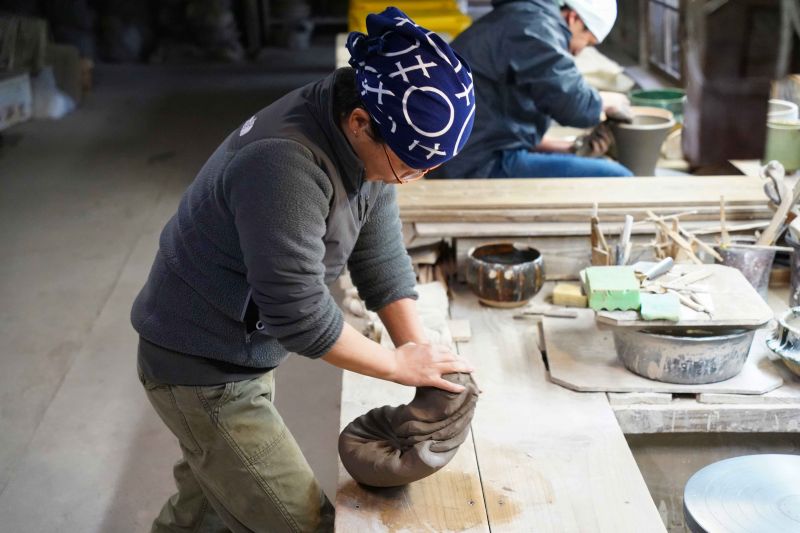
I met one of the liveliest women I had ever seen in my life, Ms. Michiho Fukumori, the eighth generation of Doraku Kiln. Being the fourth daughter of Doraku, Fukumori-san is now operating the pottery together with her father.
Fukumori-san guided me to the workshop and she even showed how to make a pot herself. She said that they in Doraku Kiln made all ware by hand only. There is no mass production. I watched her with amazement as she did every move in harmony. First, she took the clay and started kneading it in order to remove the air bubbles.
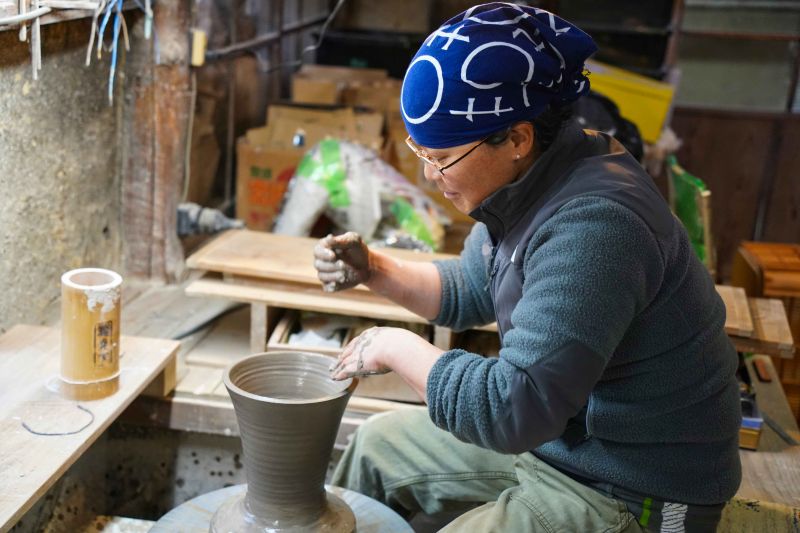
After the kneading, she put the clay on the wheel. Using her tools, hands and fingers, she made a big pot right in front of my eyes.
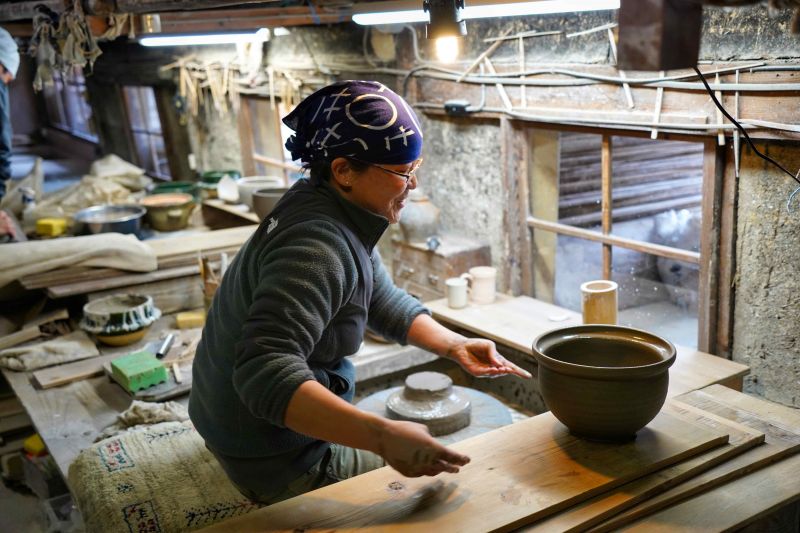
Fukumori-san did all of this in minutes. There is only one explanation to everything she made look so easy: years of hard work and accumulation of experience, which are driven by passion.
Fukumori-san explained many things about Iga-ware, Doraku and herself. She used to study cooking and put a great effort into cooking tasteful dishes. Now she is a potter as well as a cooking specialist, who has published several books about cooking with the earthenware pot.
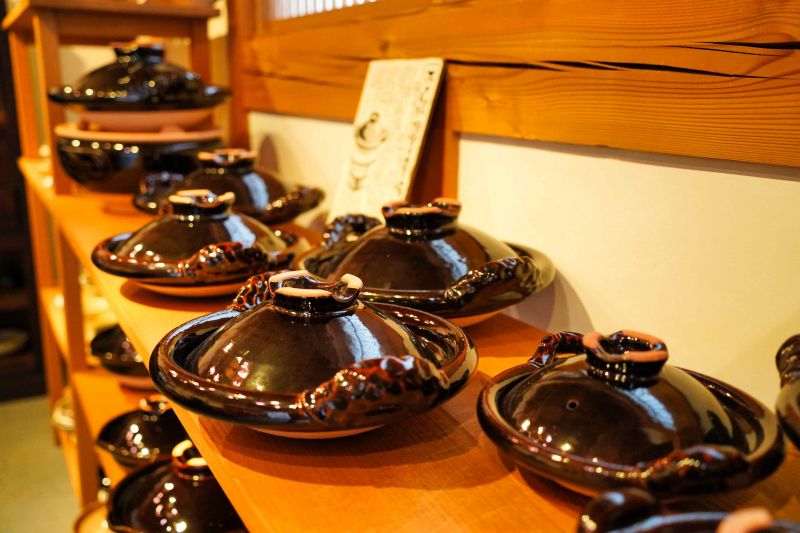
One of the best known products of Iga-ware is the earthenware pot known as donabe. Fukumori-san explained that as the clay of Iga had high fire and heat resistance, it was possible to cook over an open fire just like with a steel pot. One of the advantages of earthenware pots over steel pots is that it keeps the dish warm longer after it is removed from the fire.
Fukumori-san said that all the potters love to cook. When she thinks about making a dish, she also thinks about creating a tableware that is most suitable to cook and serve it beautifully.
When I asked which dish was perfect to be cooked with an Iga-ware pot, she gave a simple answer: “everything.” This was a no-nonsense answer of a cooking specialist. She added that Iga-ware was not only for hot dishes but even sashimi with ice could be served with it.
When I asked which dish was perfect to be cooked with an Iga-ware pot, she gave a simple answer: “everything.” This was a no-nonsense answer of a cooking specialist. She added that Iga-ware was not only for hot dishes but even sashimi with ice could be served with it.
I gave many thanks and said my goodbyes to this wonderful woman. After learning about Iga-ware and cooking, now it was time to experience another of Iga’s specialties.
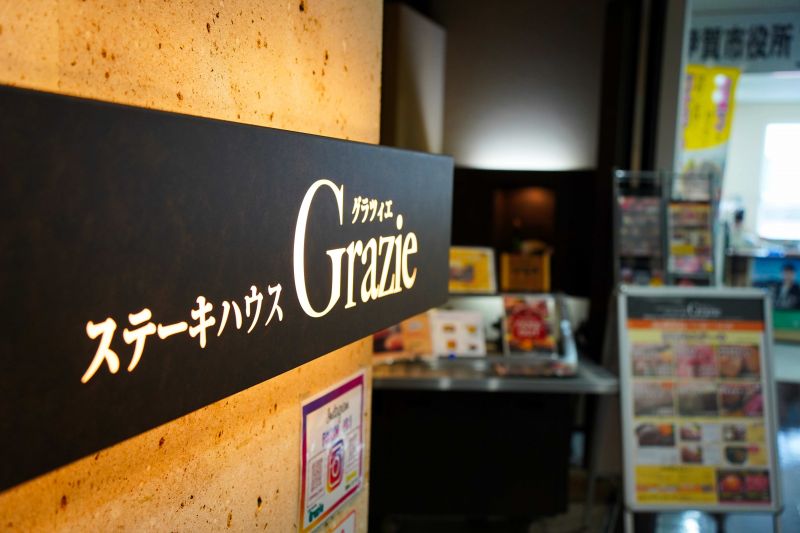
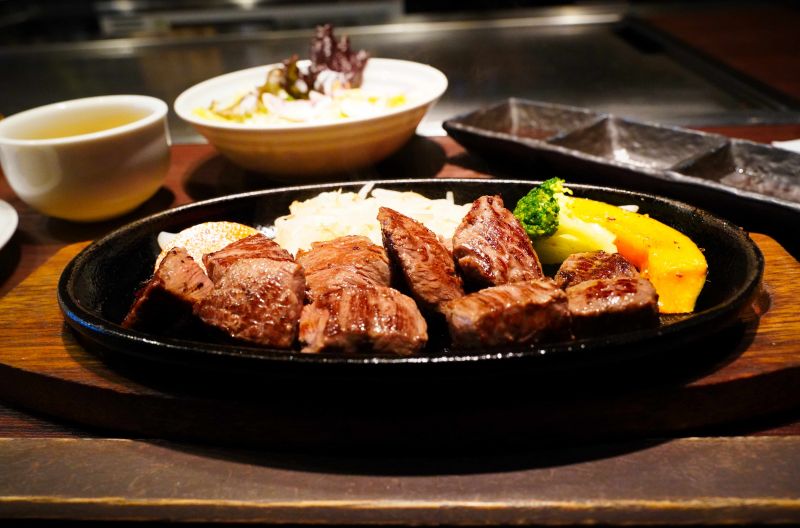
I went to Steak House Grazie and ordered a steak of Iga beef from among the many tasty looking dishes on the menu. Iga beef is a premium beef just like another well-known Mie Prefecture premium beef, Matsusaka beef. However, it is mostly consumed in Iga.
Service was great, and the taste was even greater. I felt that Iga beef had a sweet taste, and was fragrant.
Service was great, and the taste was even greater. I felt that Iga beef had a sweet taste, and was fragrant.
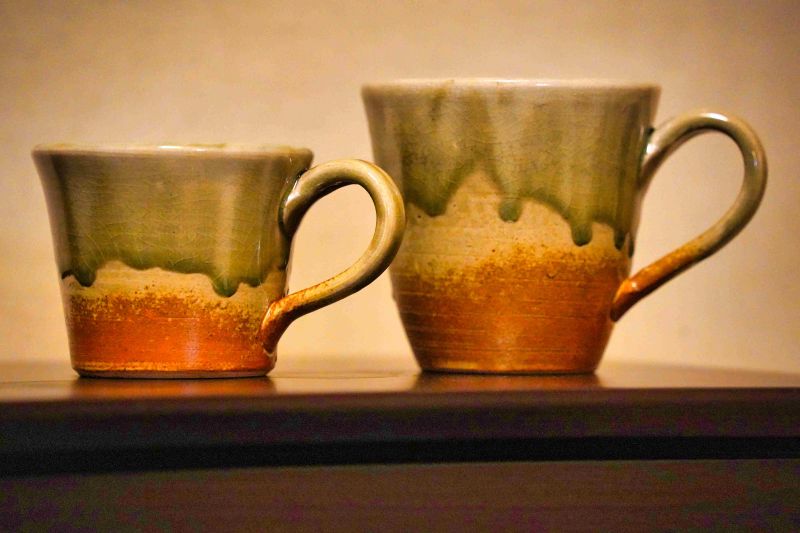
As you see, Iga City has cultural depth. When you visit Iga, you should choose Iga-ware to your own liking, feel the touch of Iga clay, and when you get hungry you know what you should have for a delicious meal! If you ask what happens to the pottery you made, well, after they are finished, they are sent to you by post in two weeks.